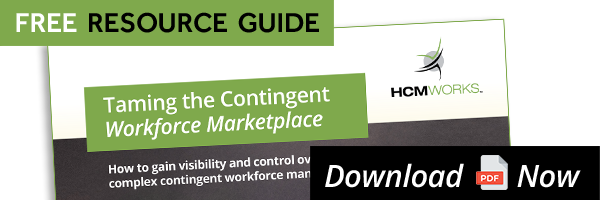If you are dealing with disjointed and disorganized contract management at your company that relies on different systems, processes, personnel, and departments, you probably have difficulty running your business. Without a cohesive process, you can’t properly manage your contracts, which can lead to myriad problems, such as missed deadlines, expiries, and increased liabilities that can hurt the success of your company.
If you think it’s time to create heightened efficiencies in the way you manage your contracts, consider these five solutions.
1. Review Your Current Process and Set Goals
There’s a reason why you’re currently considering improving your contract management process. Something isn’t working right now. The first step to making it more effective is to review your current program. Document it in detail to figure out what’s working and what isn’t. This will give you insight into exactly how you could and should be improving it.
Now that you have this information, it’s time to set clear and measurable goals. Maybe you need to drive cost savings, reduce risks, or increase visibility. Knowing why you want to change your current process and what you want to achieve are important steps to take before you can successfully reinvent your contract management program.
2. Use Templates
Using contract templates, with standardized language, is an effective way of enforcing consistency and managing risks while also saving time and money from your law department’s intervention. Additionally, contract templates allow for increased understanding of contractual obligations as well as a lessened need for several negotiation cycles.
Using simplified language and less jargon will make the templates more user friendly, both for your departments and your clients. Make sure that you get the perspectives and approvals from your legal, business operations, HR, and finance departments to see the greatest results with your templates.
3. Automate
Keeping track of your master agreement, service agreements, product schedules, non-disclosure agreements, contractor statements of work, supplier contracts, and other legal documents can become increasingly complex, especially if your organization is growing and you’re seeing an increase of contracts. A messy, disorganized process will make it difficult for you to keep track of critical dates and important compliance data.
You need a centralized hub to manage all of these signed contracts through their lifecycle, where you can easily store, access, and view them whenever necessary. Automation is the key. Investing in software is a highly effective solution to your contract management challenges. It will allow for better organization, more streamlined processes, less wasted time, fewer administrative errors and duplication, higher productivity, more consistency, and lowered costs and expenses. Using technology will also increase visibility so you can more easily see current and future contract risks and problems before they become a serious issue. You’ll get a 360-degree view of all of your contracts, which just wouldn’t be possible with a manual process and contracts collecting dust on your managers’ desks.
4. Engage a Contract Management Consultant
A consultant can provide you with the guidance, assistance, advice, and recommendations you need to streamline your contract management process, reduce costs, improve compliance, reduce risks, and increase efficiency. A consultant will review and evaluate your current processes for you, gather and analyze your requirements, provide insights into your risks and liabilities, and build a new process that best fits your unique organization.
5. Build a Plan to Continuously Review Your Process
Your organization will move at a fast pace—it needs to in order to stay ahead of competitors and to solidify its place in the market. What works in contract management now might soon be outdated and ineffective in the near future. Assign someone the responsibility to review the process on a monthly, quarterly, or annual basis. Highlight the successes you’ve had, discuss the new challenges or risks that have surfaced, and make changes to your contract management as needed in order to keep achieving your desired results.



